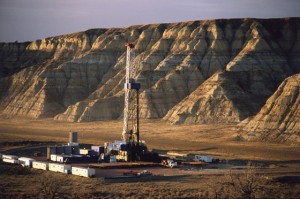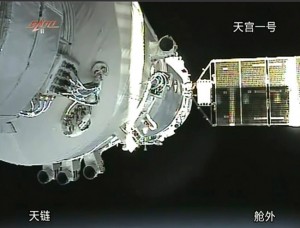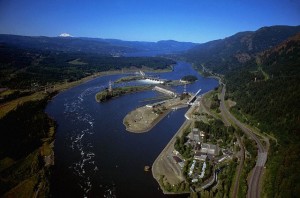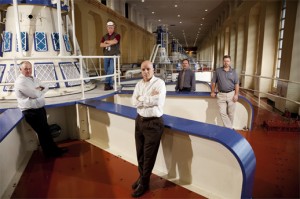By James Milstid
You know… a part of me wants to say “Drill baby drill”. Break our dependence on OPEC oil and drill our own! Show them A-rabs that we don’t need their stinkin’ oil. We’ve got North Dakota! YEAH!
But then I come back to earth and think about it. For years, I’ve been preaching about breaking our dependence on irreplaceable natural resources. There’s a huge difference between that and breaking our dependence on OPEC oil that would do nothing to reduce our use of natural resources.
Rather, I’m talking about our complete dependence on oil. Period. OPEC oil, American oil, Russian oil, Chinese oil, Mexico, Brazil… all of it. Sure, we’ll probably always need petroleum products, but not to the extent we use today. There are alternatives.
But the oil and natural gas are there. Right there in North Dakota. It’s so tempting. We’ve known it was there since the 1950’s. But up until recently, when oil prices topped $100 a barrel, it wasn’t economically feasible to drill for it. It’s several thousand feet underground and trapped in a horizontal bed of shale. The shale is fairly shallow, which apparently makes it even more difficult to extract the oil.
Two methods can be used to extract it. Horizontal drilling and fracking. I won’t go into the science behind the methods, but fracking involves pumping tons of water and chemicals into the shale to force the oil and natural gas out. The downside is that it can cause earthquakes, get into the aquafers and pollute drinking water, cause methane leaks on the surface which can cause explosions, and a host of other nasty things.
 We have free access to alternate sources of energy that blow the socks off any energy produced by oil products. The sun, wind, the sea, and geo-thermal energy are all plentiful energy sources and “on” all the time. They are clean and eco-friendly.
We have free access to alternate sources of energy that blow the socks off any energy produced by oil products. The sun, wind, the sea, and geo-thermal energy are all plentiful energy sources and “on” all the time. They are clean and eco-friendly.
Why are we not pouring a ton of research into these free and unlimited resources? We have the technology. We have the need. What we don’t have is the desire to free ourselves from the bondage of irreplaceable energy sources.
Interesting articles:
- Mental Floss: 6 Questions About North Dakota’s Oil Boom
- 8 Facts About Renewable Energy You Probably Didn’t Know
- How we use oil












